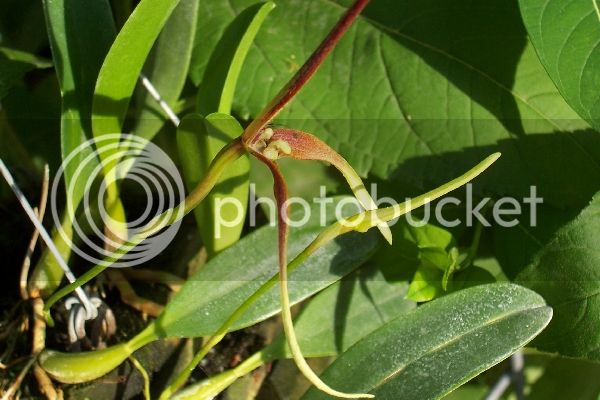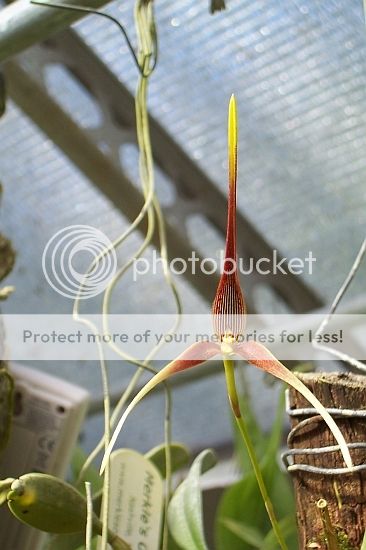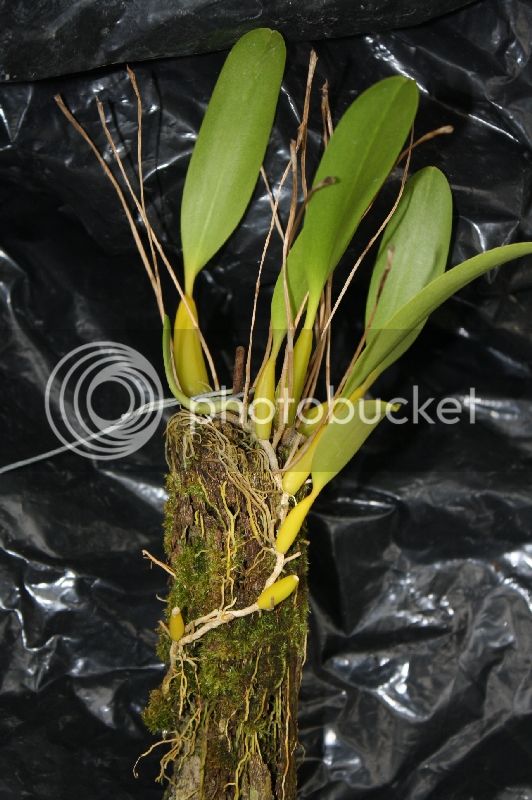Lance, an interesting point there, but think it has more to do with the accumulated nutrients than with potassium alone. What I think is that potassium poisoning may have something to do with it but if the overalllevel gets low enough the propolrtions gets less important. So MSU at 10ppm N is ok, at 100ppm its not.
I think the proportions are important at all levels. It's a recipe that plants want followed when their dinner is prepared. What's in the food is more important that how much food is served. :wink:
Again trying to remember what has been done in the past...
We (many growers including myself) did personal trials using different strengths of what we assumed to be the best ratio of nutrients.
Everything from 0 fertilizer to 2.0ec. all results wound up with what MSU came up with, an amount around 100ppm N.
Most of the ratios were very close to MSU because that is what we (commercial growers) were already using before MSU published their results. Those ratios grew beautiful plants but there was always that random but frequent decline of different groups of plants that was assumed to be due to disease or some environmental problem. The same problems repeated whether Kelp was used or not.
The common thought was how much of what could we increase to make things better, assuming if the plants had plenty available they would take only what they needed and what was healthy. In hind sight that was kind of a big assumption to expect a plant to not be greedy and only eat what is best for it.
We don't know if K is toxic or if high ratios of K causes some other nutrient to become toxic or if "toxic" is even the correct word to use. But what we do know is that growers using the low K formulas are seeing improved growth and a reduction or elimination of the disease symptom issues. No one ever thought to trial the low K concept until Rick "invented" it, we just assumed that plenty of K was a good thing.
Now using the low K ratio growers are getting better growth with small amounts of nutrients compared to MSU. The K is the clue, but what does it do? Perhaps when K levels are high the combination of micro nutrients is the "toxic" problem and it's not the K at all?
This thread is about micro nutrients and how much to apply and as I said we don't know the answer. The amount of micros in K-lite is a guess based on previous knowledge. So far it seems to be working at that ratio but as growers reduce the dosage of the overall fertilizer the micros are getting applied at almost "nothing" amounts. That indicated that the micros are not needed in the previously assumed amounts.
The interesting thing is that we need to test different combinations based on the new concept to determine what micros need to be added, maybe none!. Sodium may become beneficial with the reduction of K, won't know until someone tests it. Maybe silica will need to be added to the formula?






